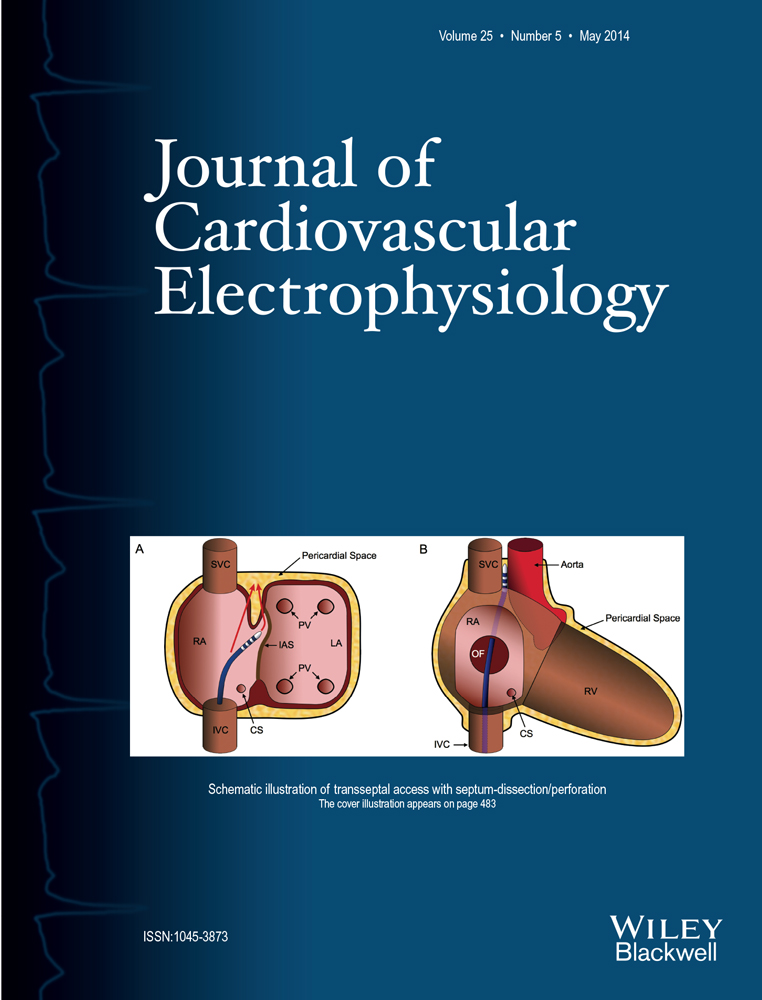Clinical Characteristics, Management, and Prognosis of Elderly Patients with Brugada Syndrome
No disclosures.
Brugada Syndrome in the Elderly
Background
The clinical course and prognosis of Brugada syndrome (BS) in the elderly is unknown. The purpose of this study was to investigate the clinical characteristics, management, and prognosis of BS in an elderly population.
Methods and Results
A total of 437 patients with BS were included in this study. Patients were categorized in 2 groups according to the age at the time of diagnosis: <60 years (N = 363) and ≥60 years (N = 74). Moreover, an elderly patients’ subgroup analysis was performed between patients with an age between 60 and 70 years (N = 49) and subjects older than 70 years (N = 25). Among elderly patients (50% male, mean age: 67 ± 6 years), family history of sudden death (SD) and induction of sustained ventricular arrhythmias during programmed ventricular stimulation were less frequent as compared to younger patients. Two patients (3%) had a previous episode of aborted SD. Elderly patients with BS presented more frequently with ECG conduction disturbances or previous transient advanced atrioventricular block as compared to younger patients. Of the elderly patients, 42% underwent implantable cardioverter defibrillator implantation and 7% received a pacemaker. After a mean follow-up time of 54 ± 18 months, none of the elderly patients with BS older than 70 years experienced documented life-threating ventricular arrhythmias. Family screening was performed in 58 family members and a BS diagnosis was confirmed in 49%.
Conclusion
The clinical features and the benign prognosis of BS patients older than 70 years likely identify a lower risk category of patients as compared to younger individuals. The device-guided management in this setting remains individualized and sometimes controversial. Moreover, BS diagnosis in the elderly should not be missed, mainly due to the clinical impact on the family of elderly patients.




